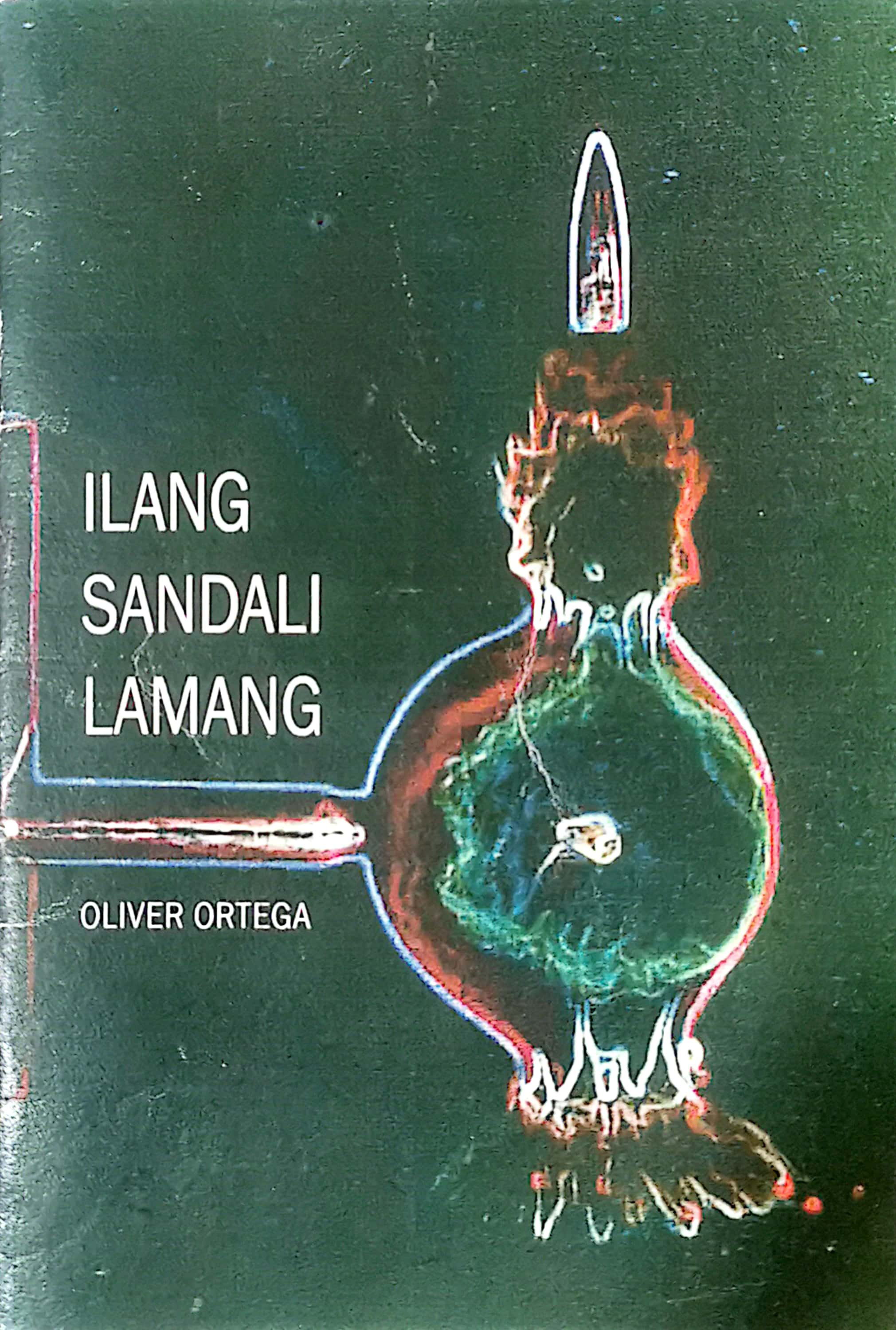Marking Time: A Few Moments, Merely and Notes on the Memory of Beauty

Cover of Oliver Ortega’s Ilang Sandali Lamang

Cover of Oliver Ortega’s Mga Tala sa Alaala ng Kagandahan
This marking of time is arguably one of the main focuses of Ortega’s trilogy project. He started it in A Few Moments, Merely. In the first section of the title poem, he declares:
Kung malayo pa tayo sa kaloob- looban ng panahon, nasaan kaya tayo ngayon? (If we are still far from the interior of time, where can we be now?) Tulad ng liwanag ng tala, marahil naglalakbay sa kadiliman ng kalawakan. Kaya patuloy nating natutunghayan. (As starlight, perhaps traveling in the darkness of space. That’s why we keep seeing it.) Ang nakalipas ay hindi na maaaring balikan. Maliban kung may tala o larawan. (The past cannot be revisited. Except for a note or photograph.)1
Although he openly looks back to Saint Augustine’s thinking about the theory of time, the important question for Ortega is not so much ‘What then is time?’ but rather ‘where / can we be now?’ This question traces John Archibald Wheeler’s statement that Ortega also used as one of the epigraphs of A Few Moments, Merely: ‘We have come no closer than before to penetrating to the untouchable interior of the phenomenon.’ If the scale of time, its beginning and end, has been set and ‘if we are still far from the / interior of time’ – it seems imperative to know, for Ortega, where we already are to determine our progress. However, his response was also only inferred: ‘[l]ike starlight, perhaps / traveling in the darkness of / space.’ But there is a virtue in this inference because of the context that he provides. First, we are not static, we remain in motion (traveling) and second, we are like ‘starlight.’ If the light of a star is a marker of time according to the book of Genesis, and we are ‘[as] starlight,’ then, we are a marker of time. And ‘[t]hat’s why / we keep seeing’ ourselves.
‘The past cannot / be revisited.’ True. However, the past can be remembered by recalling the image or picture of the past. For Saint Augustine, this image is an impression-image left by events that remain in the mind. But what is in Ortega’s mind is not just an impression-image but a physical picture or record. He seems keen to overcome forgetfulness, which is why he still needs to record memories of beauty. Perhaps believing that, if for Wallace Stevens, ‘[b]eauty is momentary in the mind,’ (57) what more of beauty’s memory – despite Augustine’s assurance that the impression-image remains in the mind.
Words or memories cannot be relied upon, so the physicality of the book is necessary. A book that can be held, containing words or memories or words about the memory of beauty or anything – so Ortega gave us the actual book Notes on the Memory of Beauty. And for as long as copies of the book remain, the records of the memory of beauty he shares remain – the memory of this beauty remains. Therefore, the marking of time remains. While paradoxically time also continues to erase these markings. And what remains – fragments of language or written records – from time’s erasure of these markings are also the most compelling markers of time if we follow what Maurice Blanchot said: ‘… by what language other than fragmentary – other than the language of shattering, of infinite dispersal – can time be marked … ?’ (19).
Marking time is necessary not only to determine where we are in time but also to somehow draw more attention to our temporal existence. Time is indeed fleeting and Ortega wishes that we – if not time – could take a pause even for merely a few moments. This can be seen even in his choice of a photograph for the cover of A Few Moments, Merely – Bullet through Apple by Harold Edgerton, a photographer-scientist famous for his photographs that frame the fastest action in the smallest fraction of a second as like a bullet piercing through an apple.
- This and succeeding translations are all mine. ↩









